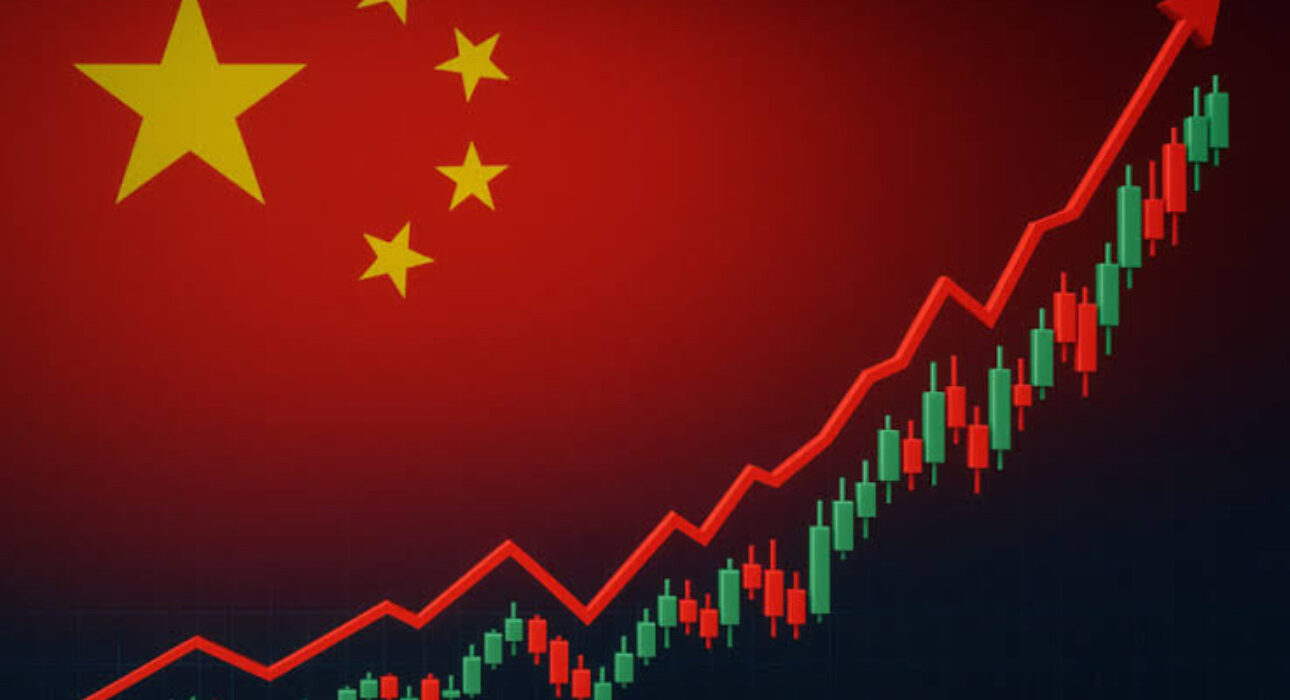Asia Markets Mixed as Chinese Stocks Lose Momentum

Asian financial markets delivered a mixed performance on Thursday, with gains across Japan, Australia, and India tempered by renewed weakness in Chinese equities. The uneven trading reflected a tug-of-war between global optimism over possible U.S. interest rate cuts and domestic concerns weighing on China’s stock market.
In Tokyo and Sydney, investors responded positively to signs that the U.S. Federal Reserve may begin easing borrowing costs in the coming months. Softer American jobs data and dovish comments from Fed officials boosted sentiment, helping regional benchmarks rise modestly. India also joined in the upward trend, supported by steady inflows and resilient corporate earnings.
China, however, moved in the opposite direction. The CSI 300 index of major mainland companies fell more than two percent, while Hong Kong’s Hang Seng retreated further after earlier losses. The declines marked a third straight day of selling, suggesting a pause after recent rallies that had lifted confidence in Beijing’s market stabilization efforts.
Analysts attributed the slump to a combination of profit-taking and renewed caution among investors. Reports of regulatory unease, particularly around brokerages using national events to attract clients, also dampened enthusiasm. While state-backed funds have been active in supporting Chinese banks and some blue-chip stocks, the broader market struggled to maintain momentum.
The result was a fragmented picture across Asia: optimism linked to the global rate outlook was strong enough to lift most major markets, but insufficient to counter the specific headwinds pulling Chinese shares lower. As one analyst noted, “China’s recovery story is still fragile, and any sign of regulatory tightening or waning state support quickly reverberates through investor confidence.”
With the Federal Reserve’s next move still under close watch and Chinese authorities balancing intervention with caution, traders expect regional markets to remain volatile in the near term. For now, Asia’s growth leaders are riding on Wall Street’s cues, while China’s equities remain a source of uncertainty.









